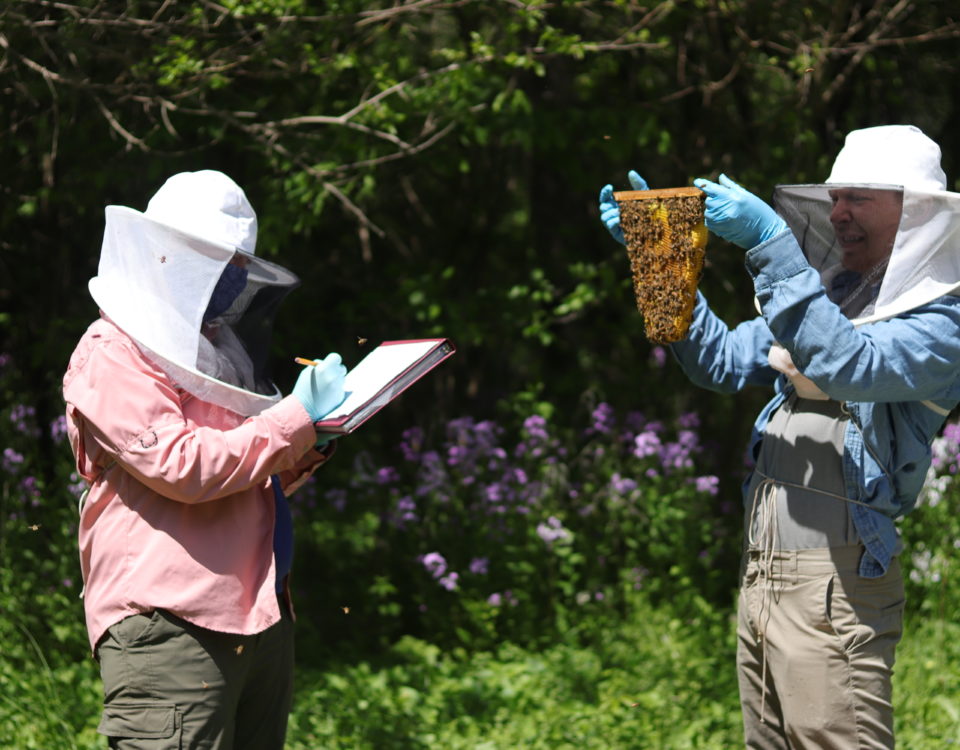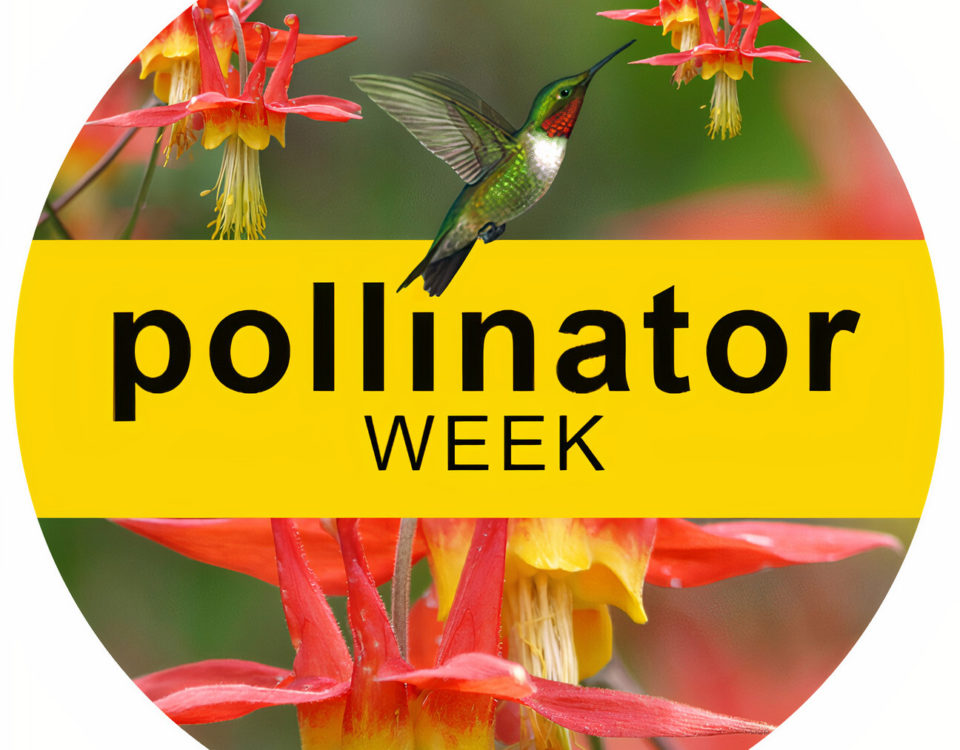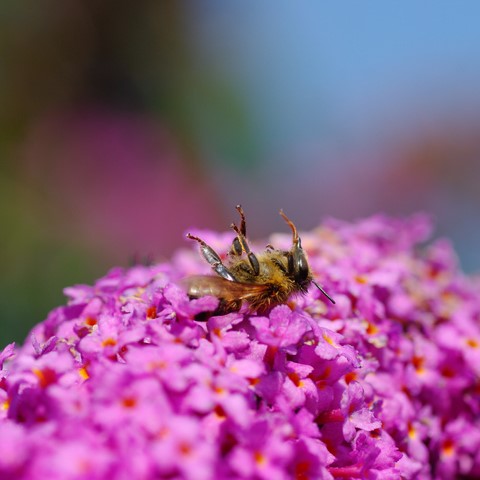- All-In-One Beekeeping for the Bees
- +1-608-728-8233
- info@beepods.com
Don’t Waste That Beeswax! Render It and Use It For DIY Projects

Once you have your block of beeswax, you have endless DIY options.
Picture this: You selected a bar, heavy with honey, and removed it from your hive so you could harvest and enjoy this sweet, amber substance. You can use this substance in any recipe—tea, cookies, salad dressings. You followed our easy method for harvesting honey (see below), and are left with a large quantity of wax. Do you toss that leftover beeswax in the garbage? Absolutely not! You must save and then render beeswax. It’s one of the most useful ingredients to have on hand when you want to make your own household goods and homemade bath products.
Read on, beekeepers, to better understand why you need to save your beeswax, and learn how to successfully render it.
Why You Should Save Your Beeswax
Beeswax is a substance with incredible properties. Any time and effort you have to spend to harvest and render this resource is well-spent.
Beeswax is hydrophobic, which means it repels water. Yes, beeswax is the ultimate material to create a moisture barrier. Why does that matter? Think of any product you use to seal in moisture or prevent moisture damage. Lip balm. Cutting board conditioner. Mustache wax. Salve. It’s an essential ingredient in all of these.
Beeswax melts easily and is flammable, which makes it uniquely suited to incorporate into your candles as well as your fire starters. There is a reason we’ve used beeswax for hundreds of years as the main ingredient for candles. Plainly, it smells pleasant (as opposed to spermaceti, which is putrefied animal fat), melts around 140°F, and is non-toxic.
Finally, beeswax is well-researched and documented to have positive effects on your skin. Folks, humans have used beeswax for thousands of years and in many different applications, with very few complications (though if you have an allergy to bees, it’s worth doing a patch test before use).
Why You Need to Render Wax

Looking to harvest some honey? Don’t throw out your beeswax!
While you can buy beeswax online in blocks, pastilles, or bars, where’s the fun in that? It’s far more rewarding to harvest your own from your beehive and use it in your DIY projects. It’s locally sourced, homemade, and infused with the appreciation you have for your bees.
The downside of harvesting your own wax is that takes time and that it’s not immediately usable; you have to render wax before it’s ready to use in your bath products. However, you aren’t spending money ordering bulk beeswax from large conglomerates. Why buy it when you have it in your backyard?
Honey bees construct wax using glands on their abdomens. Within a bar of comb, you might find propolis, dead bee parts (I know, it’s sad, but a fact of life), honey, and other hive debris. You render the wax to purify it so that it’s smooth, smells good, and is easy to incorporate into your recipes.
Rendering your own wax can provide you with an elevated sense of achievement that you wouldn’t get otherwise.
Render Beeswax Like a Pro

Use your block of beeswax for endless DIY recipes.
Once you harvest the honey from the beeswax, you can toss the wax into a bucket until you’re ready to render. Once you’re ready to render, gather:
- Cheesecloth
- A large metal kitchen bowl
- A large saucepan
- An empty food-grade cardboard carton (like from milk or juice)
- A rubber band
- A large plastic bucket
- A drop cloth
Follow these steps for expertly rendered (by you!) beeswax:
- Thoroughly clean the cardboard container and dry it before use.
- Cut or tear the top off of the container.
- Take a large piece of cheesecloth and fold it over itself a few times to create layers.
- Place the cheesecloth layers over the opening to the cardboard and secure it in place with a rubber band. This will keep the cheesecloth up when you add the weight of the wax and debris.
- Set your saucepan on the stove and fill with a few inches of water.
- Set the bowl over the saucepan.
- Gather a quantity of the wax you set aside in your 5-gallon bucket and place it in the kitchen bowl.
- Turn the heat up to medium and continue to monitor the wax.
- Monitor until the whole bowl is melted. You may see the debris settle to the bottom of the bowl and the wax float on top.
- Using oven mitts (metal can get hot!), pick up the kitchen bowl, and slowly pour it into the cheesecloth.
- Wait as the wax strains through the cheesecloth into the cardboard. This may take upwards of 15 minutes.
- Remove the cheesecloth and debris from the cardboard container, and allow it to sit until the wax hardens again.
- Once the wax is hard, tear the cardboard container, exposing the wax block below. There may be honey settled underneath the wax and you can rinse this off using lukewarm water in the sink.
- Store your wax block in an airtight container or bag away from excessive heat and moisture until you’re ready to use it.
- Once you have a nice, fragrant block of fresh wax, you’re ready to craft.
Honey Bees and DIY Projects Go Hand in Hand
Take your crafting to the next level with Beepods Lab
That’s it! In less than a few hours, you have a supply of beeswax to use for any and everything. If you have old pantyhose on hand, you can try a one-pot method for rendering wax, but you may have to run the wax through the material a couple of times to remove all the impurities. Additionally, we recommend using the bain-marie method outlined in our instructions above as it’s an inherently safer and gentler way to heat the wax then directly in a pan.
Final Thoughts
Nothing represents beekeeping for the bees as much as showing respect for their hard work. As far as we are concerned, respecting your bees means using all of the hive products and putting them to good use in your lives. It doesn’t hurt to thank your bees every time you whip up a new tin of salve or a lotion bar.
If you want to know everything there is to know about crafting with wax, make sure you sign up for Beepods Lab. Go to the Toolbox section and look for “Crafting With Wax.” There, you will find safety instructions, techniques, and a recipe for making your own balm to get you started.
Caitlin Knudsen
Latest posts by Caitlin Knudsen (see all)
- How to Change Your Students’ Lives With Project-Based Learning - November 20, 2020
- Watch The Pollinators to See How We Can All Choose to Change Agriculture - November 13, 2020
- 6 Cold Weather Feeding Tips You Have to Know - November 6, 2020



